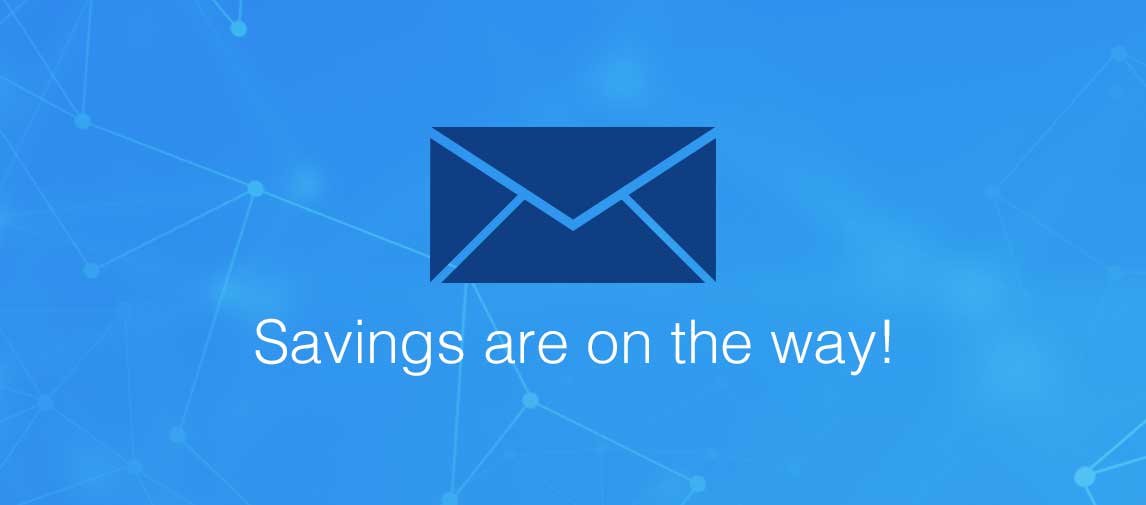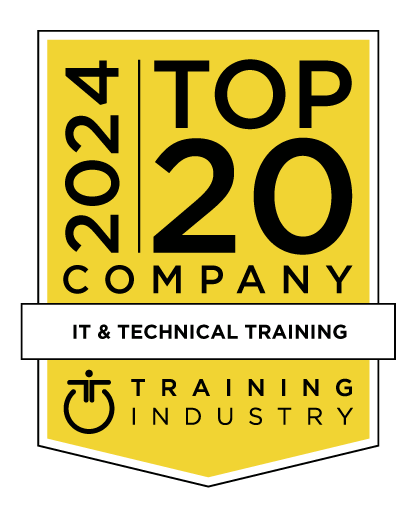title
Please take a moment to fill out this form. We will get back to you as soon as possible.
All fields marked with an asterisk (*) are mandatory.
Mulesoft Anypoint Platform: API Design
Course Description
Overview
Objectives
Topics
- Module 1: Introducing Application Networks and API-Led Connectivity
- Explain what an application network is and its benefits
- Describe how to build an application network using API-led connectivity
- Explain what web services and APIs are
- Explore API directories and portals
- Make calls to secure and unsecured APIs
- Module 2: Introducing Anypoint Platform
- Identify all the components of Anypoint Platform
- Describe the role of each component in building application networks
- Navigate Anypoint Platform
- Locate APIs and other assets needed to build integrations and APIs in Anypoint Exchange
- Build basic integrations to connect systems using flow designer
- Module 3: Designing APIs
- Define APIs with RAML, the Restful API Modeling Language
- Mock APIs to test their design before they are built
- Make APIs discoverable by adding them to Anypoint Exchange
- Create API portals for developers to learn how to use APIs
- Module 4: Building APIs
- Use Anypoint Studio to create flows graphically
- Build, run, and test Mule applications
- Use a connector to connect to databases
- Use the graphical DataWeave editor to transform data
- Create RESTful interfaces for applications from a RAML file
- Connect API interfaces to API implementations
- Module 5: Deploying and Managing APIs
- Describe the options for deploying Mule applications
- Deploy Mule applications to CloudHub
- Use API Manager to create and deploy API proxies to CloudHub
- Restrict access to API proxies
- Module 6: Accessing and Modifying Mule Events
- Log event data
- Debug Mule applications
- Read and write event properties
- Write expressions with DataWeave
- Create variables
- Module 7: Structuring Mule Applications
- Create and reference flows and subflows
- Pass messages between flows using the Java Virtual Machine (VM) transport
- Use properties in Mule applications so they can be easily moved between environments
- Encapsulate global elements in separate configuration files
- Explore the files and folder structure of Mule projects and deployable archives
- Module 8: Consuming Web Services
- Consume RESTful web services with and without parameters
- Consume RESTful web services that have RAML definitions
- Consume SOAP web services
- Use DataWeave to pass parameters to SOAP web services
- Introducing Enterprise Integration
- Understand integration architecture challenges
- Learn about multi-speed/bi-modal IT
- Learn about API-led strategy
- Learn about MuleSoft architectural approaches
- Understand and position the Anypoint Platform and components
- Introducing Architectural Styles and Pattern
- Learn about integration styles including service oriented architecture and microservices
- Understand and distinguish between SOA, REST, microservices, generic, and enterprise integration patterns
- Designing APIs
- Become familiar with APIs and MuleSoft's approach to APIs
- Learn about API design essentials
- Understand the API development lifecycle
- Designing RESTful Services
- Understand REST principles
- Learn about REST design patterns
- Learn about the RESTful API Modeling Language (RAML)
- Design and implement APIs using RAML and REST
- Designing Integration Services
- Learn about general design considerations
- Learn about demand and capacity planning
- Make applications scalable and highly available
- Learn about deployment and runtime options
- Understand CloudHub architecture
- Understanding Mule Application Design
- Learn about Mule application architecture
- Learn about design considerations
- Structure applications for modularity and reusability
- Understand test driven development options
- Learn about software development lifecycle support
- Distinguish between on-prem, cloud-based, and hybrid designs
- Optimizing for High Availability and Reliability
- Understand design considerations
- Understand high availability concepts and scenarios
- Learn about achieving high availability
- Learn about achieving reliability
- Learn about zero message loss scenarios
- Optimize application architecture for reliability and availability
- Optimizing for Performance
- Learn about design considerations
- Learn how to optimize application architecture for performance based on a MuleSoft design pattern
- Optimize threads and thread pools for performance
- Use clusters and load balancing for performance
- Considering Security
- Understand security considerations
- Learn how to enhance security in Mule applications
- Review security recommendations
- Understand secure communications
- Learn how to harden Mule installations
Related Courses
-
Introduction to Oracle Database 12c and SQL
DBOR-950- Duration: 3 Days
- Delivery Format: Classroom Training, Online Training
- Price: 2,100.00 USD
-
Intro to Deep Learning With TensorFlow
DCSK-120- Duration: 3 Days
- Delivery Format: Classroom Training, Online Training
- Price: ???
Self-Paced Training Info
Learn at your own pace with anytime, anywhere training
- Same in-demand topics as instructor-led public and private classes.
- Standalone learning or supplemental reinforcement.
- e-Learning content varies by course and technology.
- View the Self-Paced version of this outline and what is included in the SPVC course.
- Learn more about e-Learning
Course Added To Shopping Cart
bla
bla
bla
bla
bla
bla
Self-Paced Training Terms & Conditions
Exam Terms & Conditions
Sorry, there are no classes that meet your criteria.
Please contact us to schedule a class.

STOP! Before You Leave
Save 0% on this course!
Take advantage of our online-only offer & save 0% on any course !
Promo Code skip0 will be applied to your registration
Purchase Information
title
Please take a moment to fill out this form. We will get back to you as soon as possible.
All fields marked with an asterisk (*) are mandatory.










